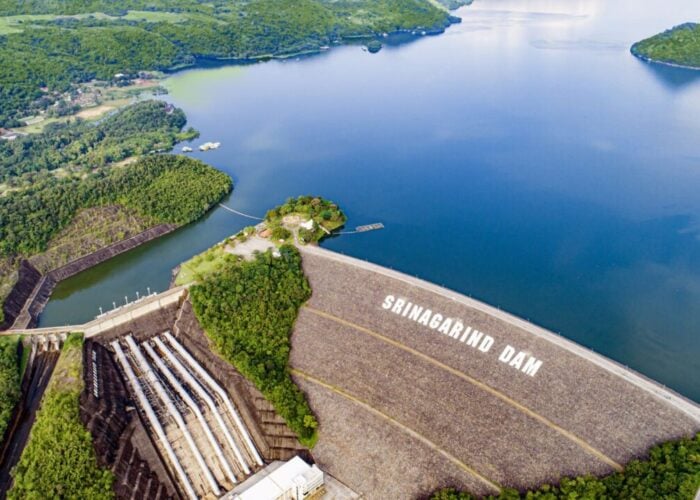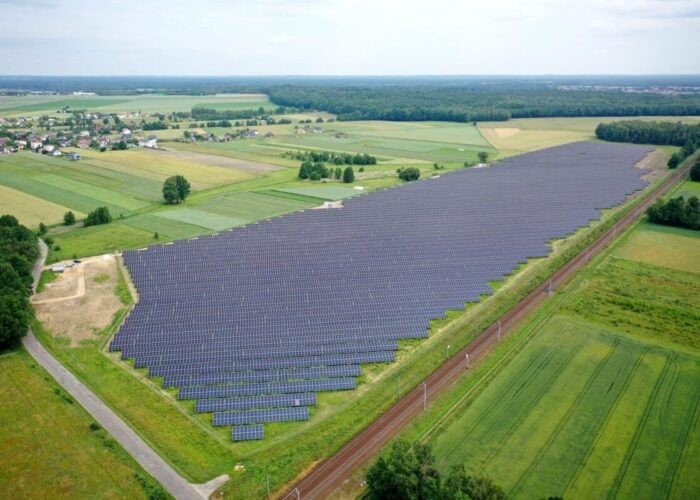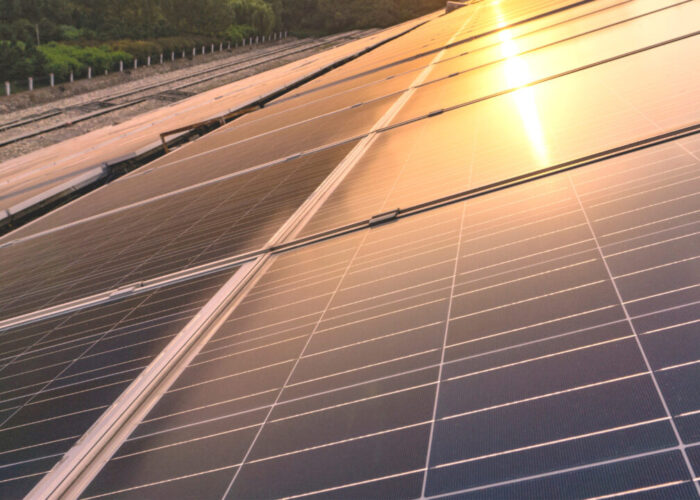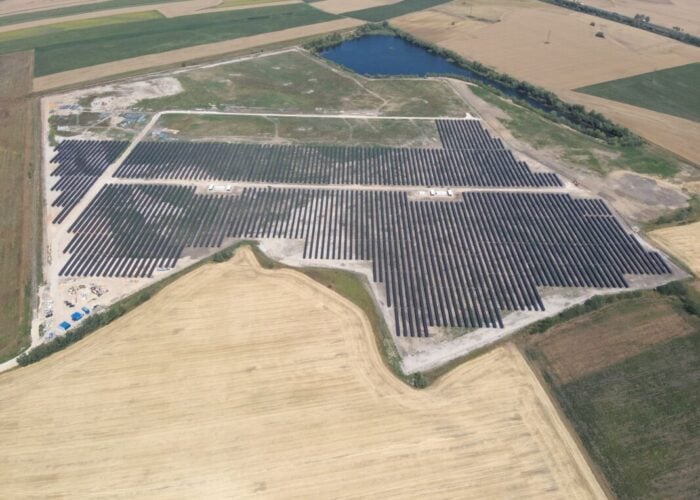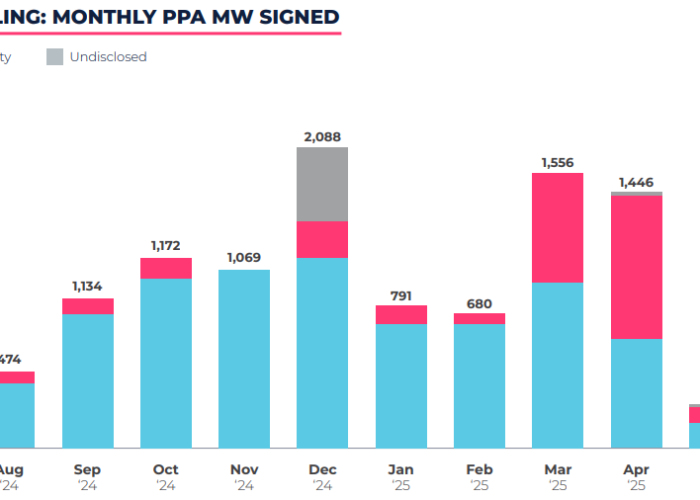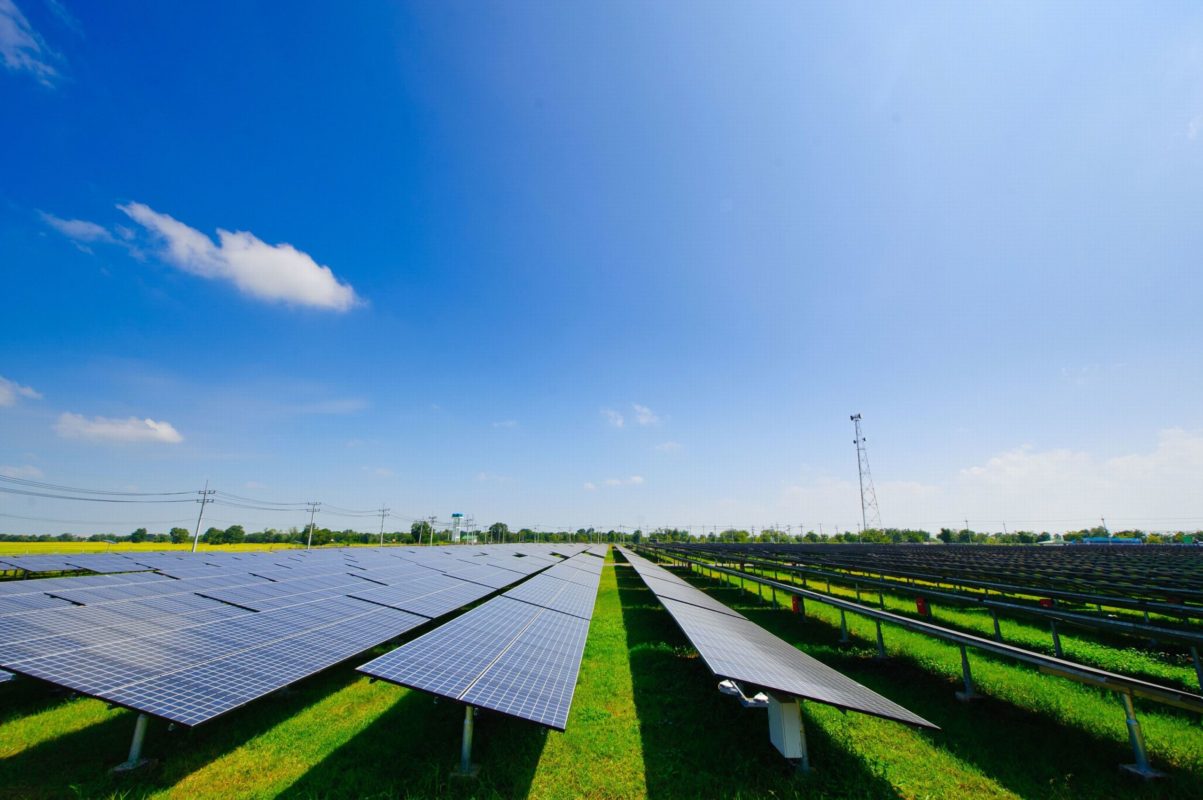
The Thai Energy Policy and Planning Office (EPPO) has announced new solar development plans for 2017, which open up several opportunities for foreign investors to participate.
‘Thailand Solar Outlook 2017’, a report from Bangkok-based law firm Pugnatorius, forecast that 2017 will be Thailand’s “second solar gold rush” after a successful year in 2015 was dampened by several delays and uncertainties in 2016.
Try Premium for just $1
- Full premium access for the first month at only $1
- Converts to an annual rate after 30 days unless cancelled
- Cancel anytime during the trial period
Premium Benefits
- Expert industry analysis and interviews
- Digital access to PV Tech Power journal
- Exclusive event discounts
Or get the full Premium subscription right away
Or continue reading this article for free
Thailand added 470MW of solar in 2014, followed by 722MW in 2015, but it has already installed 732MW in the first nine months of this year, according to the latest data from the Energy Regulatory Commission (ERC).
Pugnatorius said it is unlikely that 2017 will see a significant cut of current incentives for low carbon technologies, such as fiscal benefits and data support on renewable development progress. For example, these include the provision of solar and wind data maps and a one-stop-service center at the Department of Alternative Energy Development and Efficiency (DEDE).
However, the report stated: “The political risk of a (retrospective) cancellation of renewable energy incentives is small, but not non-existing. [The National Committee for Peace and Order has] full and uncontrolled authority to reshape the energy legislation and regulatory framework without grandfathering, loss compensation, legal or court protection.”
Continued enhancements in technology and further cost reductions might also bring about the end of government incentives, particularly if solar power prices reach grid parity with traditional power sources, said Pugnatorius.
Seven opportunities to invest in 2017
The report also identified seven key opportunities for investors looking to participate in Thailand’s second solar gold rush next year:
- Some 518MW of solar for governmental agencies and agricultural cooperatives (phase 2) will be rolled out in Q1 2017, with projects to be connected to the grid by the second half of 2018. These will have a Feed-in-Tariff (FiT) rate of THB 5.66/kWh (US$0.161) over 25 years. However, governmental agencies and agricultural cooperatives must cooperate, which will not be easy or free.
- A total of 67 projects with a combined capacity of 281MW have won the right to sell power to the national grid and many are open for participation or a joint venture.
- The government may allow more PPAs without requiring the involvement of governmental agencies and agricultural cooperatives.
- Licences for power producers with total capacity of less than 10MW will be granted to private firms without governmental participation, although the FiT will drop from THB 5.66/kWh this year to THB 4.12/kWh in 2017 and 2018.
- Licences for power producers of between 10-90MW are under consideration.
- Thailand’s energy policymakers have started to give the private sector better access to the state solar rooftop program. Private companies can now apply for solar rooftop development licenses. However, companies will still be barred from selling power back to utilities.
- Solar self-consumption is forecast to gain in stature, with rooftop PV currently accounting for 5% of Thailand’s market. There is currently a pilot phase for up to 100MW of solar self-consumption for which 10MW have been reserved for household systems below 10kW. Net metering is still just a “buzzword” at present.
Solar & Off-Grid Renewables Southeast Asia 2016 returns for a fourth year in November. This is the distinguished, must-attend event for solar PV companies looking to secure profitable business across the booming Southeast Asian market. Co-location with our established Solar Finance & Investment conference provides an additional day of bespoke content and offers a deeper dive into issues around clean energy financing and long term capital investments across the region. Click here for more information and to register.

